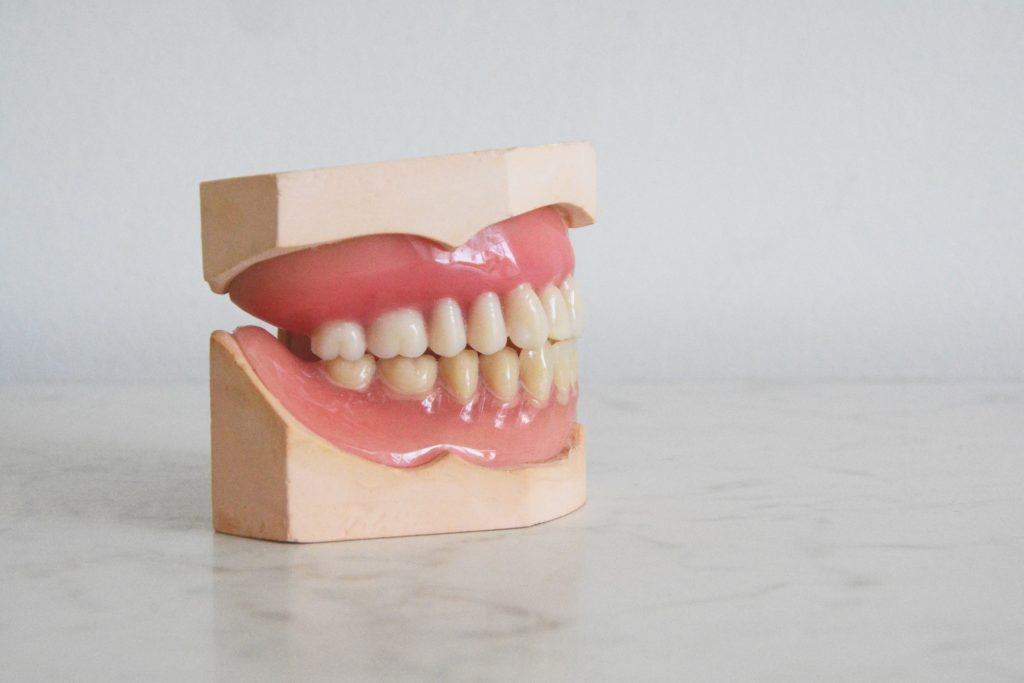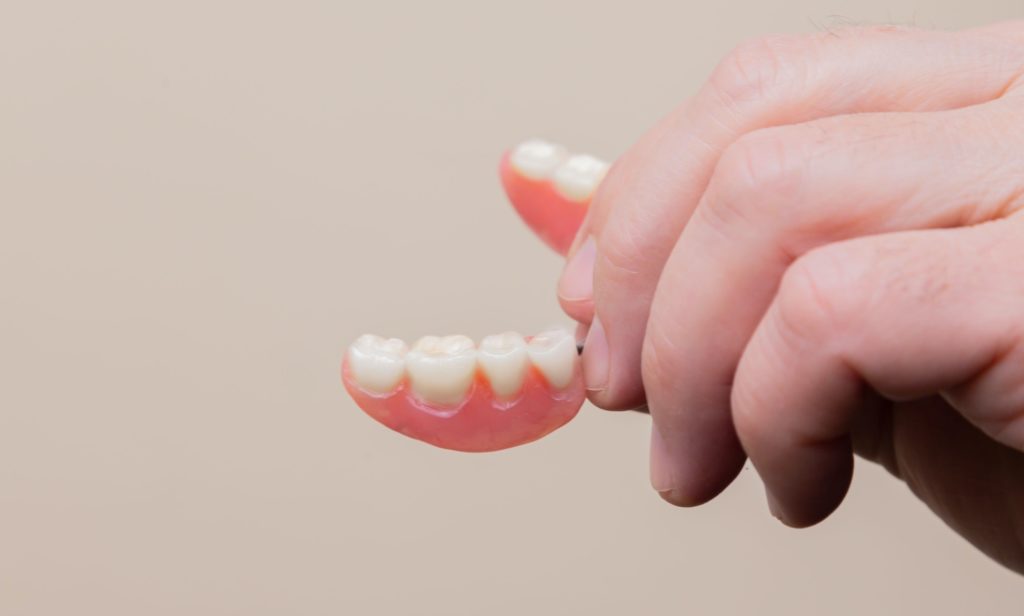
Dr. Gubler specializes in the treatment of periodontal (gum) disease. Causes of gum disease may include, but are not limited to: Poor dental hygiene, genetic predisposition, smoking, problems with bite, and lack of previous dental care. Identifying factors will be identified and addressed.
The initial treatment most often performed by Dr. Gubler for periodontal disease is scaling and root planing (cleaning of the tooth below the gum line) after local anesthetic is administered. Another option for treatment of more advanced forms of periodontal disease is periodontal or osseous surgery, which allows better access for tooth roots to be cleaned. This involves reshaping the bone surrounding the teeth, all of which leads to the gums reattaching to the tooth root and shrinking the pocket.
There are many benefits to seeking treatment for periodontal disease, including the arrest and control of the progress of the disease.


A dental implant is an artificial tooth root that is placed into your jaw to hold a replacement tooth or bridge. Dental implants may be an option for people who have lost a tooth or teeth due to periodontal disease, an injury, or some other reason. The ideal candidate for a dental implant is in good general and oral health. Adequate bone in your jaw is needed to support the implant, and the best candidates have healthy gum tissues that are free of periodontal disease.
If you are missing a single tooth, one implant and a crown can replace it. If you are missing several teeth, implant-supported bridges can replace them. If you are missing all of your teeth, an implant-supported full bridge or full denture can replace them. A key to implant success is the quantity and quality of the bone where the implant is to be placed. The upper back jaw has traditionally been one of the most difficult areas to successfully place dental implants due to insufficient bone quantity and quality and the close proximity to the sinus. Sinus augmentation can help correct this problem by raising the sinus floor and developing bone for the placement of dental implants. Deformities in the upper or lower jaw can leave you with inadequate bone in which to place dental implants. To correct the problem, the gum is lifted away from the ridge to expose the bony defect. The defect is then filled with bone or bone substitute to build up the ridge. Ridge modification has been shown to greatly improve appearance and increase your chances for successful implants that can last for years to come.
Dental implant treatment has a track record of reliable, long-term successful outcomes and is often considered “more predictable” than other treatments to repair or replace missing teeth, including bridgework, removable appliances and retreatment of failing root canal (endodontic) therapy.